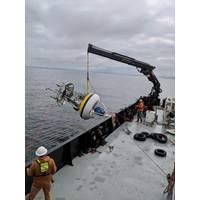
Synchro: Helping to Pull Emerging Tech through the “Valley of Death”
there haven’t been industry operations before? How do we do that with providing information for maintaining resources such as fisheries and managing protected species.The Subsea Tech Fast TrackSynchro is funded through the Gordon and Betty Moore Foundation, Oceankind and the Schmidt Marine Technology Partners. It’s a four-year program, and the cost for applicants to access the testing and evaluation facilities is free. “What that can get you is access to a physical station where you can connect sensors to a network, for example on a buoy or at a shore station, or perhaps if it&rsquo
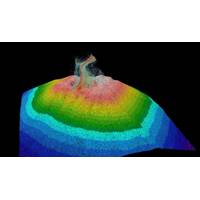
SOI Steps Ahead on Ocean Mapping
more biodiversity than had previously been suspected around Puerto Rico. But the idea was to look at reactive oxygen. It is a new sensor that they were testing called SOLARIS. The prototype for that was an instrument called DISCO, similar, but for much shallower water, which was funded by Marine Technology Partners. As I mentioned, it found greater biodiversity, and they're still working on the data, but new coral species as well.The third cruise was our Octopus Odyssey off Costa Rica. That was to go and look at an octopus nursery that had been discovered in 2013. Back then, there was no evidence

Expedition Taps New Tech to Check Deep-Sea Coral Health
be developed and used as a framework in building future technologies for assessing ocean health. An earlier shallow-water prototype,DISCO, helped to inform SOLARIS, and was developed by Colleen Hansel of WHOI, who served as the expedition’s chief scientist, with funding from Schmidt Marine Technology Partners.A CTD rosette is deployed to collect water samples throughout the water column below. The CTD measures conductivity (which helps determine salinity), temperature, and depth. The rosette also contains other sensors to characterize the water column, including fluorescence and oxygen. The bottles

Marine Minerals – A New Opportunity for Subsea Oil and Gas Technology
it happen and Norway could lead that drive, both in terms of technology but also licensing and regulation, he will tell UTC, during June 14-18.Tore Halvorsen, previously SVP Subsea Systems at TechnipFMC, is CTO at Loke Marine Minerals, which was founded in 2019, with TechnipFMC and Wilhelmsen as technology partners and investors. It’s targeting the Norwegian Exclusive Economic Zone and international waters.“The green transition is fully dependant on critical minerals, and marine mining will not happen without the knowledge we are sitting on as an oil and gas industry,” he says. &ldquo
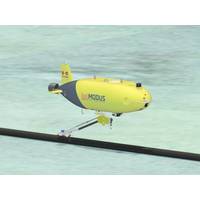
Subsea Vehicles: To Be (resident), or Not to Be?
multiple vehicles available this way means that more specialist vehicles – 3D scanning or environmental survey, for example – can be used and moved around, says Eide. uSEA has been testing its uLARS system at sea since last year, with work on a USV ongoing concurrently with technology partners. While the initial systems is diesel-electric, with electric propulsion and a diesel generator for generating power for the UiDs/AUVs, Lima says they are looking at zero emission systems.HonuWorx vehicle delivery submersible concept. Image from HonuWorx.HonuWorxAnother idea, to deploy underwater
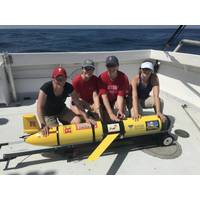
INTERVIEW: Rutgers University Uses Slocum Glider for Ocean Acidification Study
can fit several gliders with these sensors to get a better picture of ocean acidification on a much wider spatial scale. To look at seasonal dynamics and start looking at what really drives acidification conditions in these regions. Can you discuss the importance of these relationships with the technology partners to work with you to help deliver the tools that make your job easier?I don't know if it can be done any other way. I don't have a lot of experience working with technology, and this was actually my first glider project. But I just couldn't see any other way to try to do it, especially
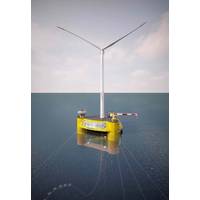
Unique Floating Wind Turbine Set for Middle East Debut
plant and a wind turbine, both supported by a floating semi-submersible structure.The FWD development is carried out and supported by a European industry initiative with the participation of system partners (thyssenkrupp Industrial Solutions, CRIST Shipyard, SYNLIFT Industrial Products) as well as technology partners (Prysmian Group, Boll & Kirch Filterbau, AEROVIDE, StoGda Ship Design & Engineering, EMS Maritime Offshore).Both project management and general planning lie with the Potsdam-based company SYNLIFT Industrial Products (SIP), which specializes in the field of seawater desalination powered
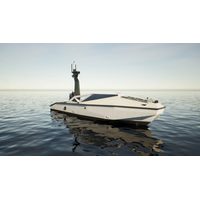
Metal Shark Developing Autonomous Vessel for US Marine Corps
designed, built, and delivered over 400 autonomous and remotely operated vessels to date,” Allard said. “As we develop and deploy the LRUSV system for the Marine Corps, we will continue to work with clients across government and commercial markets, integrating the systems of multiple technology partners into our boats, solidifying our leadership position in the autonomous vessel space, and streamlining the path to autonomy.”In September, it was announced that the U.S. Coast Guard had selected a 29-foot Sharktech autonomous test vessel equipped with autonomy by Boston-based technology
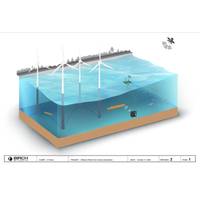
Autonomous Offshore Power Trials Get Underway off Hawaii
to capacities from tens of watts to tens of KW. The AOPS is designed to survive the expected conditions of a 100-year storm off the Oregon coast and is easily transported worldwide in two standard ocean containers. It will be deployed at WETS with a small, lightly-crewed vessel.C-Power’s technology partners for the sea trials include EC-OG, RigNet, EOM Offshore and Saab Group.The SeaRAY’s seafloor base unit will be provided by EC-OG. EC-OG’s 100-kWh Halo lithium-ion battery energy storage system is designed for the harsh subsea environment and will be fully integrated with the AOPS



 February 2024
February 2024





